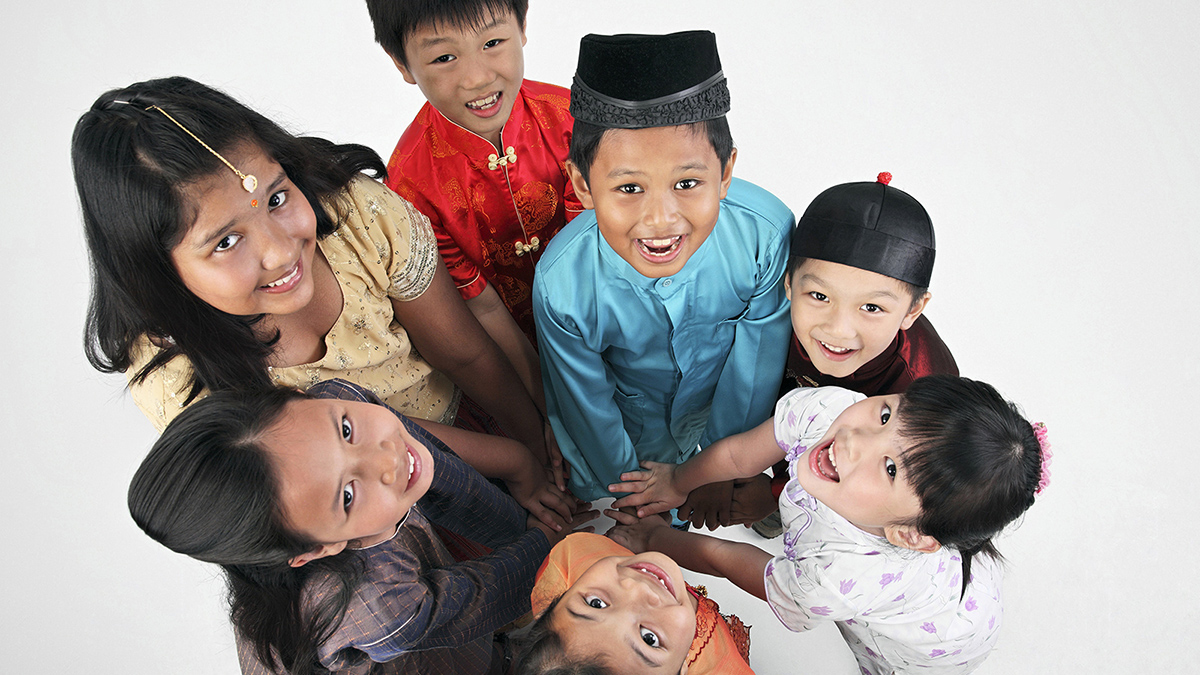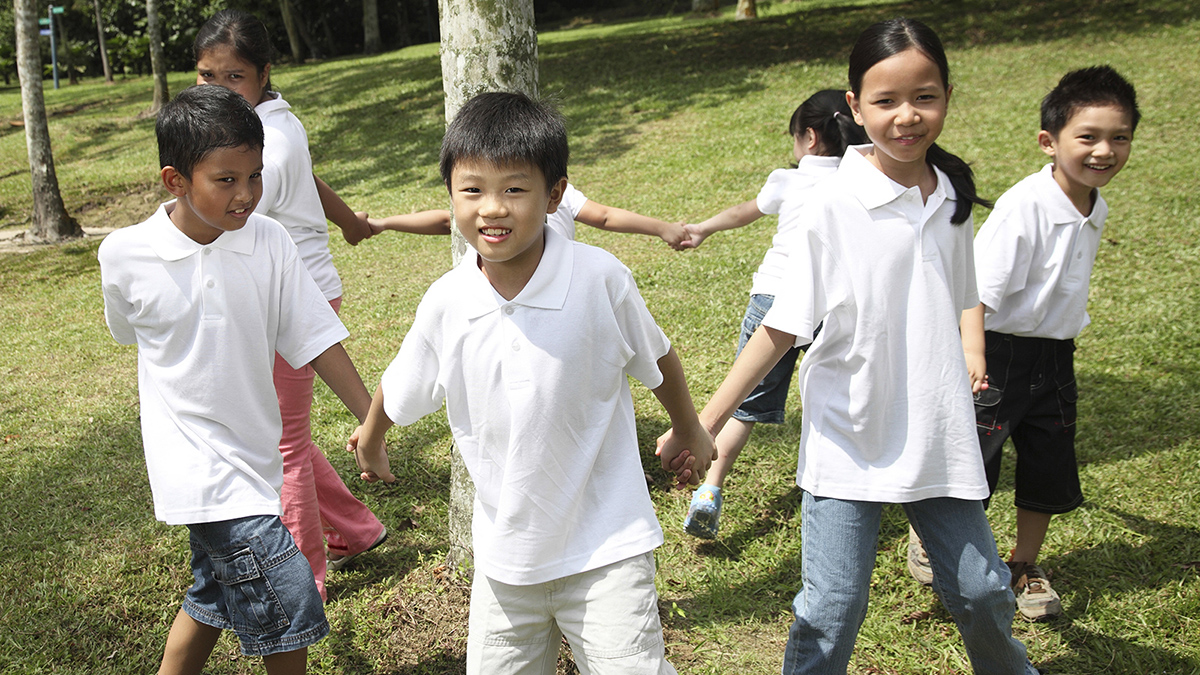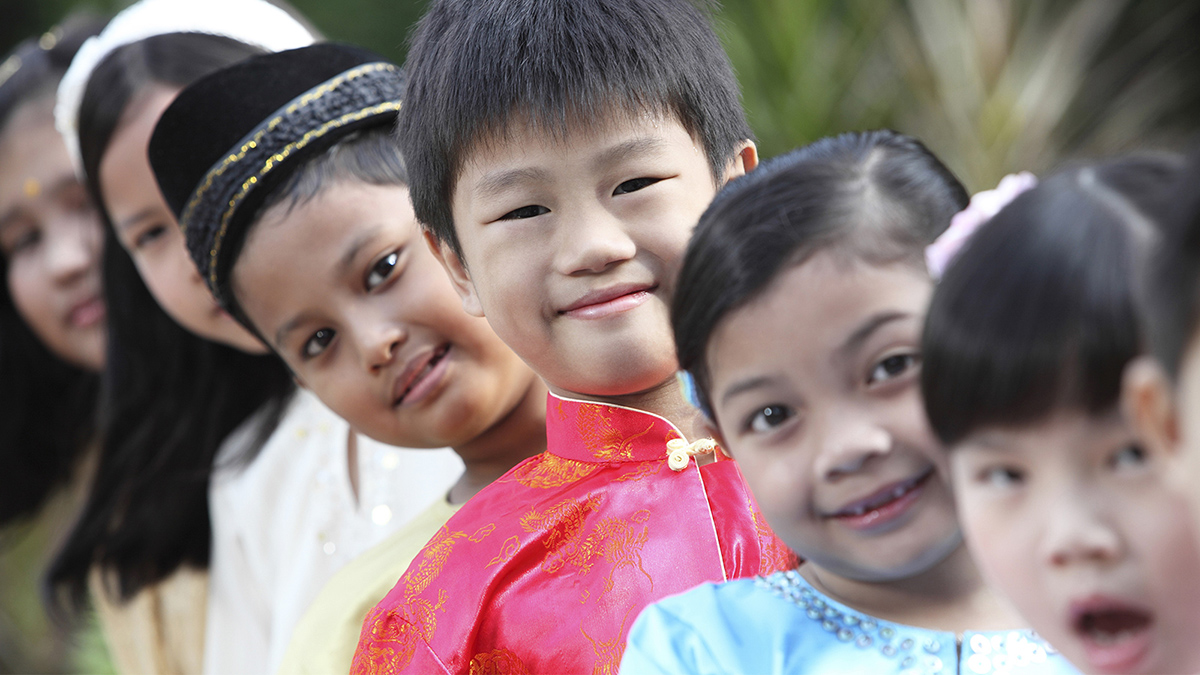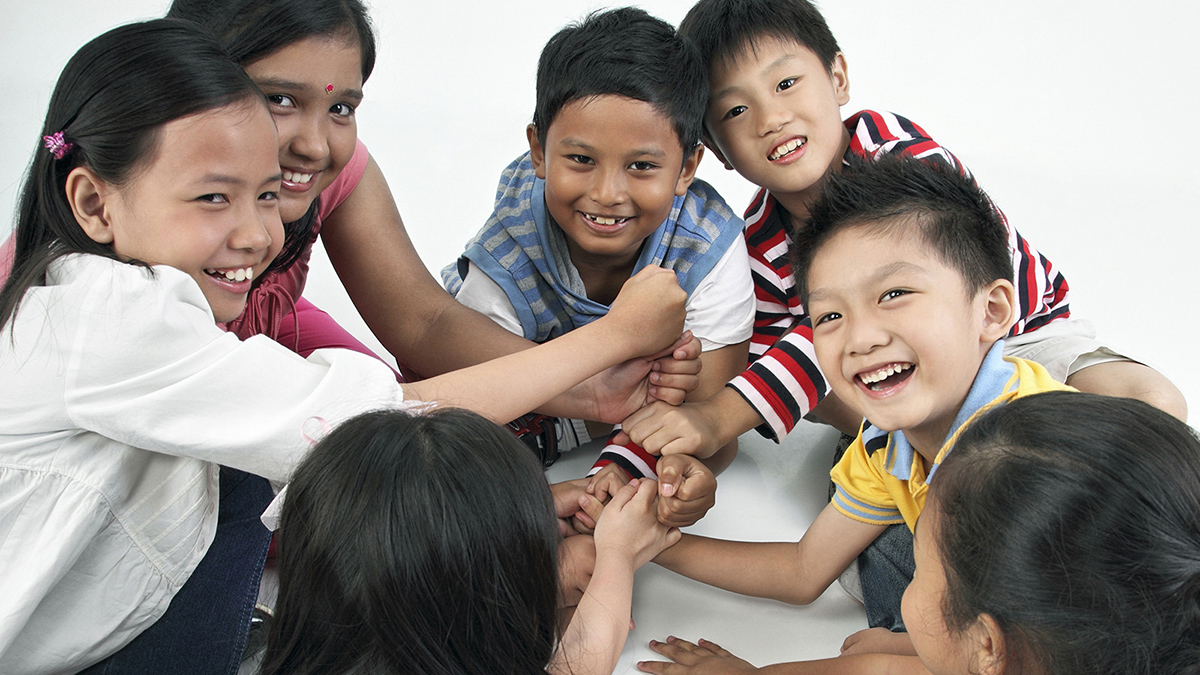Home › Singapore Buzz › Everyday Harmony: Meaningful Ways to Celebrate Singapore’s Multiculturalism with Your Kids
Home › Singapore Buzz › Everyday Harmony: Meaningful Ways to Celebrate Singapore’s Multiculturalism with Your Kids

As Racial Harmony Day approaches, discover simple, heartwarming ways to help your children appreciate Singapore’s rich cultural diversity.
Singapore’s multicultural fabric is all around us — in the food we enjoy, the festivals we celebrate, and the neighbours we greet every day.
But this harmony didn’t happen by chance. With Racial Harmony Day on 21 July 2025, it’s the perfect time to reflect on what keeps our society strong and inclusive — and how we can pass those values on to the next generation.
It all starts at home. Through simple, everyday actions, you can help your children understand and embrace the diverse cultures that make Singapore special. Here are some meaningful and practical ways to raise culturally curious and compassionate kids.

Sometimes, a simple “selamat pagi” (good morning in Malay) or “ni hao” (hello in Mandarin) can go a long way in building connections. Encourage your child to learn common greetings in Malay, Tamil, or Chinese dialects — and to use them in everyday settings, such as greeting neighbours or ordering food at the hawker centre.
Make it a fun family activity using apps like Duolingo, or explore child-friendly YouTube channels such as I Learn Malay to practise together.
Why it matters: Speaking even a few words in someone else’s language shows respect and empathy. It opens doors and teaches children that understanding begins with making the effort to connect.
Places of worship are not just religious sites — they’re living spaces filled with tradition, meaning, and community. During festive seasons like Hari Raya or Deepavali, many places such as Sultan Mosque and Sri Mariamman Temple host open houses or guided tours that welcome all visitors. These family-friendly events, sometimes organised by Harmony Circle or community groups, offer a respectful way to learn about different faiths and rituals.
Even outside of festivals, many temples, mosques, and churches welcome guests during public hours — just check their websites for visitor guidelines.
Why it matters: When children are invited into someone else’s sacred space, they learn to respect and appreciate different beliefs. These experiences leave a lasting impression and build understanding through curiosity and kindness.

This July, make Racial Harmony Day a memorable one for the whole family at HomeTeamNS Bukit Batok. On Sunday, 20 July, from 10am to 6pm, the clubhouse will come alive with exciting activities that highlight Singapore’s vibrant multicultural spirit.
Event highlights include:
• Cultural Costume Tryout: Dress up in vibrant ethnic wear and snap a family photo.
• Caricature: Bring home a quirky, personalised hand-drawn keepsake — exclusive to members.
• Kueh Tasting: Sample a delicious variety of traditional treats. While stocks last!
• Hands-on Arts and Crafts: Learn the traditional art of ketupat weaving and let the kids craft their own colourful rangoli masterpiece using vibrant sand.
• Cultural Games: Put your skills to the test with exciting games inspired by cultural traditions and win delightful prizes along the way!
Tickets are affordably priced at $3 (members), $4 (affiliate members), and $5 (non-members) — a small fee for a big day of family bonding and cultural discovery. Be in the first 150 registrants and get a free goodie bag!
Why it matters: When families come together to celebrate culture in an open, welcoming space, children learn that diversity is something to enjoy — not just understand.

Culture lives in the songs we sing, the stories we share, and the shows we watch. Bring multiculturalism into your home through media your kids already love.
Try creating a “Harmony Day” playlist featuring Tamil film soundtracks, Malay folk songs, or even Chinese opera — then groove to the different rhythms together. Stream local short films from platforms like Our Grandfather Story or Esplanade Offstage, which offer rich, relatable stories from all walks of life.
At the National Library, look for books like Timmy & Tammy: What is Racial Harmony? or The Amazing Sarong that introduce cultural themes in age-appropriate and engaging ways.
Why it matters: The arts give every culture a voice. When kids watch, read, or listen with curiosity, they learn to appreciate perspectives beyond their own — and that’s the first step to building empathy.
Hands-on experiences often leave the strongest impressions. Explore kid-friendly workshops at your nearest community centre or public library, where children can try their hand at activities like Chinese calligraphy, kompang drumming, or Peranakan beadwork. Such sessions are also held during school holidays or Children’s Season at institutions like the Indian Heritage Centre, Malay Heritage Centre, and Sun Yat Sen Nanyang Memorial Hall.
Why it matters: Kids remember what they do. Tactile, movement-based experiences help them engage all their senses — making culture something they feel, not just observe.

Bring your child on a cultural adventure by visiting heritage festivals and ethnic precincts — even those outside your own background. Stroll through Little India during Pongal, Chinatown during Mid-Autumn Festival, or check out the Hari Raya Light-Up at Geylang Serai. Explore festive pop-up markets, heritage carnivals, and cultural trails during annual events like Singapore HeritageFest.
Encourage your kids to ask questions, try a new snack, or pick out a handmade souvenir — whether it’s a hand kuih mould or a kebaya outfit.
Why it matters:
These vibrant outings show children that culture isn’t just preserved in museums — it’s alive, evolving, and part of everyday life. Supporting local crafts and events helps keep these traditions thriving for future generations.

Conversations at home are where understanding begins. Share your own childhood memories — whether it’s celebrating Chinese New Year, Hari Raya, Deepavali, or another cultural tradition. Encourage your child to ask their classmates about their own family customs.
When curious questions arise — like “Why do they wear that?” or “What’s that food?” — respond with openness and curiosity. Use it as a chance to model how to ask questions respectfully and without judgment.
Why it matters: Children learn by observing us. When we speak about diversity with kindness and interest, they learn to do the same. These everyday exchanges help them grow confident and respectful in multicultural settings.

Inclusion doesn’t always require big gestures — sometimes, it’s the smallest choices that leave the biggest impact. For instance, when planning your child’s birthday party, be mindful of guests’ dietary restrictions and cultural sensitivities. Encourage your child to invite classmates from different backgrounds for playdates or study groups.
You can also suggest inclusive ideas at school, like organising a multicultural food tasting session or a collaborative performance that features different traditions.
Why it matters: When inclusivity is modelled from young, it becomes second nature. These simple, thoughtful actions shape how our children view the world — with empathy, acceptance, and a deep respect for others.
Like our stories? Subscribe to our Frontline Digital newsletters now! Simply download the HomeTeamNS Mobile App and update your communication preference to ‘Receive Digital Frontline Magazine’, through the App Settings.




